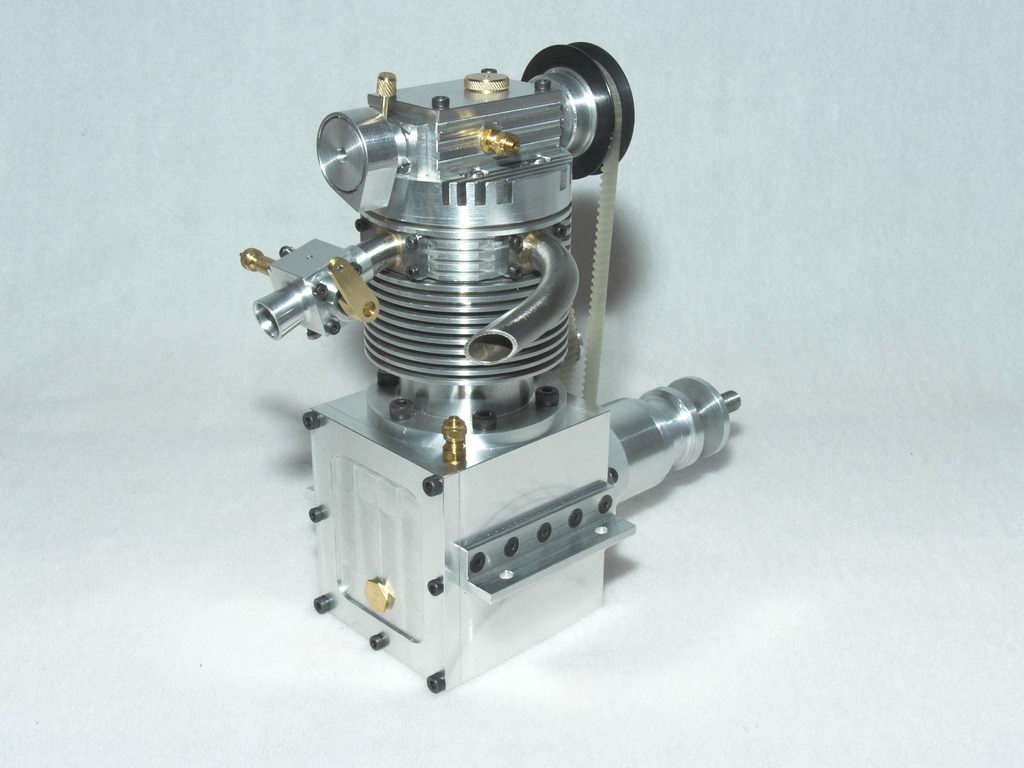Knowing what machines are at your disposal and the level of confidence/experience you possess in machining would have a direct impact on the answer to your question. If one has free access to a lathe and milling machine, and has the skills to run them, it greatly increases the choices that one has to choose from. Probably the 'simplest' engine option would be "The Webster" as has already been mentioned. Those drawings can be accessed in the downloads section on this site. The Jan Ridder's engines are relatively simple and straight forward as well (although they are in metric format) and should not present any more difficulties to get running if all of the fits are held to a close tolerance. The same can be said for The Webster, or any engine for that matter. If the valves are not painstakingly attended to in terms of getting them to seal 100% and attention to the piston to cylinder wall isn't properly executed, any engine, no matter how simple or complex in mechanical nature will be next to impossible to get running. Best of luck.
BC1
Jim







